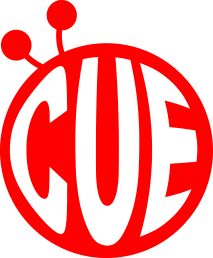It is
said that Seimei performed
phenomenal magic by using a spell called Seman (Seimei kikyo, Seimei
mon and Gobosei) and
using dolls to
make most of Shikigami Junishinsho (Twelve Shikigami gods)
such as Seiryu, Kochin, Rokugo, Suzaku, Toda, Kijin, Tengo, Daion, Genbu, Taimo, Byakko and Tenku.


